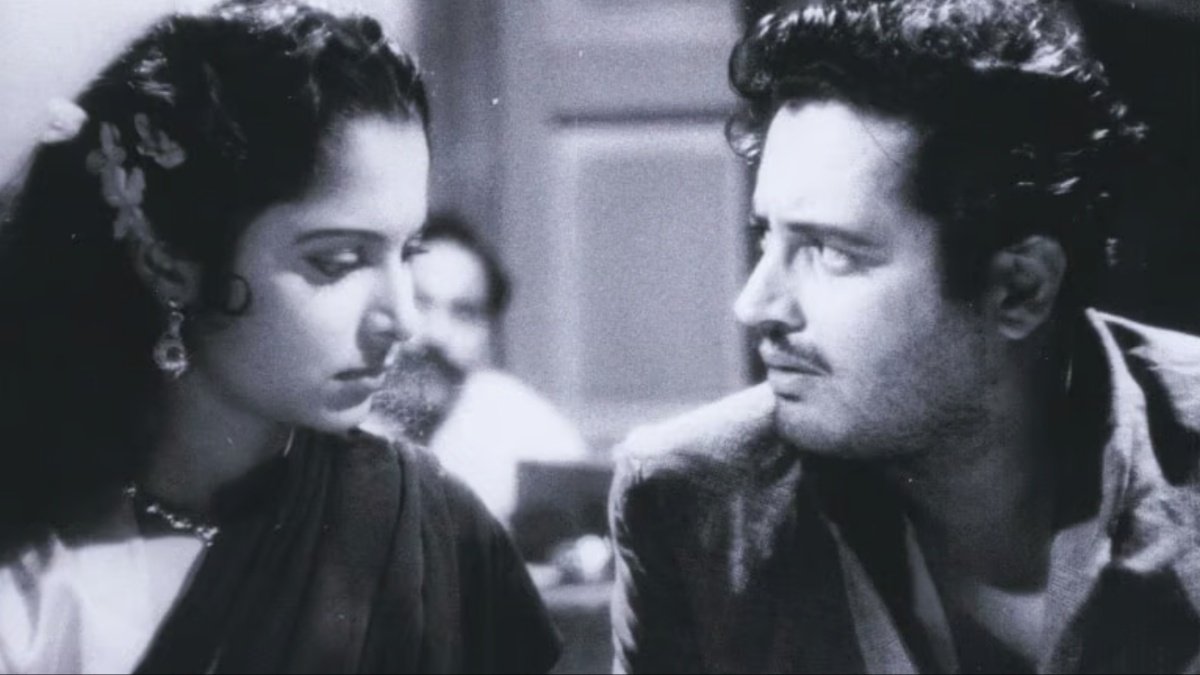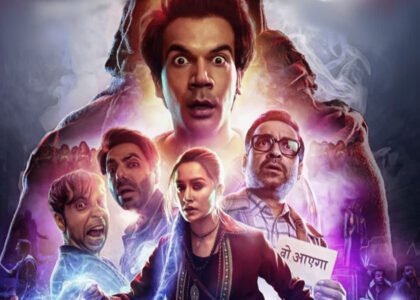There’s a lot that has already been said about Pyaasa, Guru Dutt’s magnum opus. This story about a struggling poet, Vijay, who comes to terms with the harsh realities of the world—but not before it has cost him literally everything, from love to family—is one that will remain timeless.
And it’s not hard to see why.
Pyaasa, at its core, is a tragedy that dissects modern society’s obsession with money and riches over the purity and solace of art. As such, it also makes uncomfortable yet honest observations about how this world of ours works.
Obviously, these themes are not uncommon in cinema. But what makes Pyaasa the benchmark of tragedies? Here’s my analysis.
Consider Yourself Warned: Spoilers Ahead!
Why Pyaasa is One of the Best Tragedies to Come Out of Hindi Cinema
1. Pyaasa Doesn’t Take Its Own Protagonist Too Seriously

Pyaasa was made in the 1950s, which is widely considered to be Hindi cinema’s golden era. But that doesn’t mean other similar movies—such as Awaara—weren’t shaking up the world.
So, what is it about Pyaasa’s protagonist that makes it such a special movie in a time when competition was clearly quite tough?
It’s the fact that Vijay is just…there, existing.
Dutt played the character with this certain nonchalance towards convention that is mostly associated with genuine artists — the sorts who value the beauty of art above materialistic gains. Besides, Vijay largely goes with the flow and doesn’t really have an agenda other than to get published in the beginning scenes.
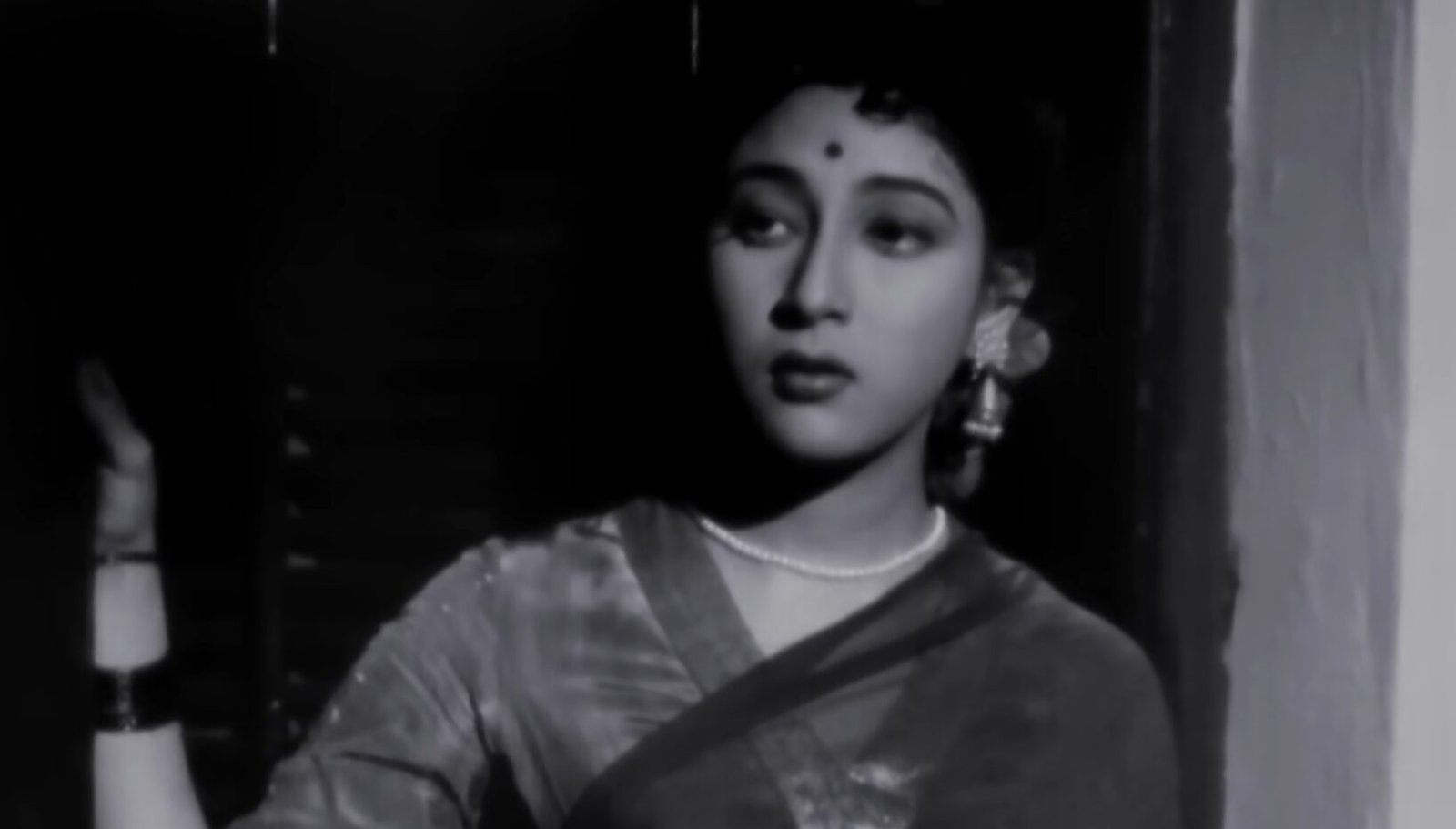
This has made all the difference.
Vijay is the kind of man who only knows love for his poetry and is quite naive about how the world works and what would be required of him to achieve that level of (generic) success. To be fair, he is clearly more invested in getting his poems published than anything else, and it’s clear he is devoted to his art form.
However, there isn’t much else about Vijay as a person — outside of his poetry — that makes the audience even care about him in the beginning.
Think about this: If you’re someone who’s watching the film in 2024 and has viewed one too many movies that explore the theme of art v/s money, then the fact that Vijay is struggling so hard may not mean that much because we’ve just seen this happen so often.
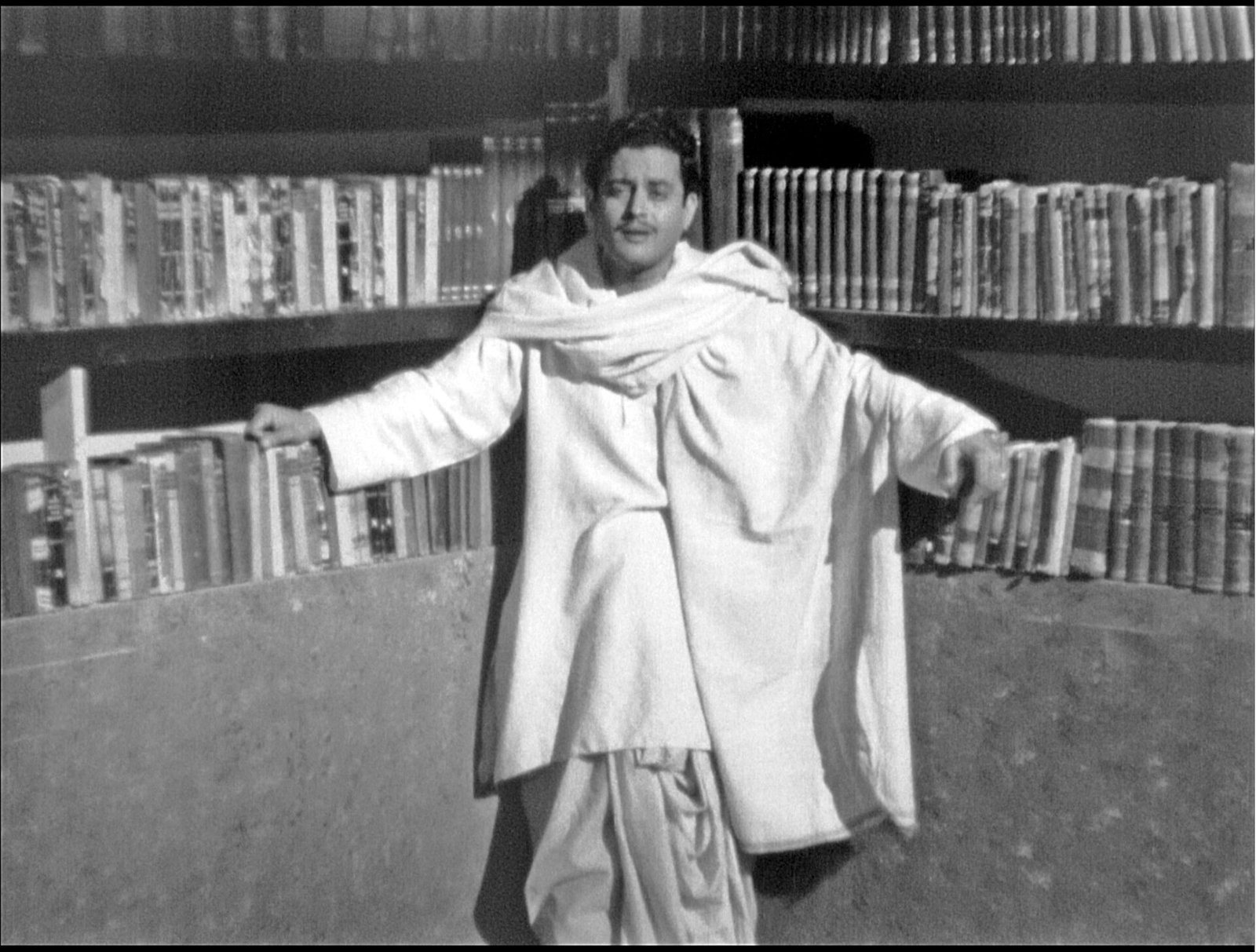
However, Pyaasa isn’t a hero’s journey, at least not in the conventional sense we would imagine today.
The genius of Pyaasa lies in the fact that as the story picks up and the tragedy piles on, the viewer ends up forming an extremely strong sense of empathy for Vijay — a man largely at the behest of his fate.
Whereas initially, in the first few moments of the film, the audience is likely to not care much about Vijay’s stubborn regard for his art, by the time the film ends, it’s impossible for those watching not to feel some way about Vijay as well as his trials and tribulations.
Moreover, the way the story builds momentum — slowly at first, but then all at once — makes Pyaasa’s tragedy that much more impactful. Once you get hooked, you’re not going to be able to look away until you see what Vijay’s life leads to and if he ever ends up winning over the evil, greedy world.

If you look at other movies from the time, you’ll quickly realise that Pyaasa takes a more muted approach in terms of its social commentary.
In other words, Raj in Awaara is the primary medium through which the evils of society are explored. The viewer goes on the journey with Raj from the very beginning — his childhood and adulthood are explored — giving the audience a reason to be invested in Raj from the first scene itself.
Pyaasa, however, makes no such effort to put the audience in Vijay’s shoes from the get-go. Instead, it relies heavily on the tragic incidents and injustice Vijay faces to truly get viewers to connect with the character, and in the process of doing so, it also imparts scathing critiques on society and the evil aspects of human nature — especially through poetry.
2. The Personal Touch — Dutt Was Partly Inspired by His Own Life
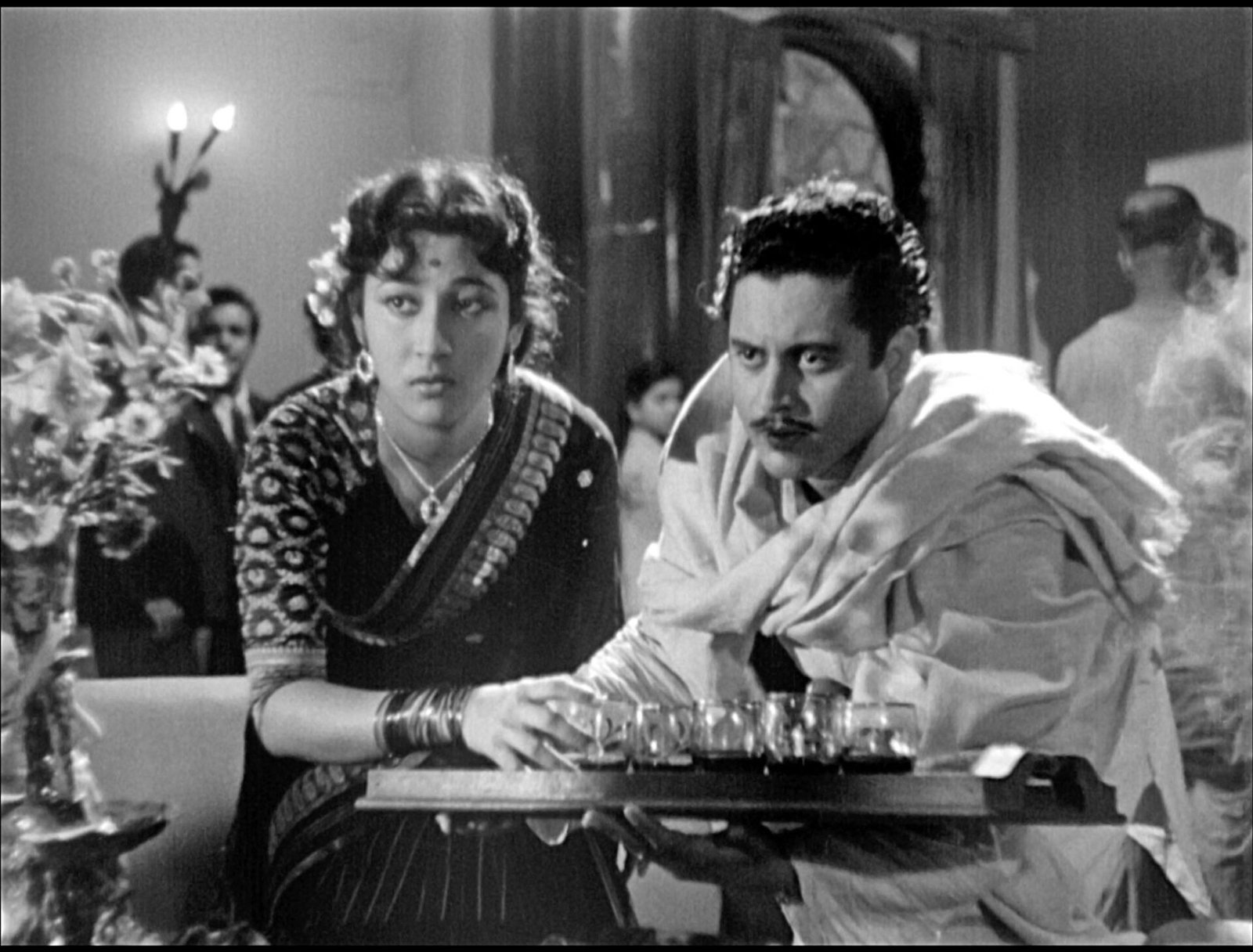
Guru Dutt wrote the script in the late 40s (when he himself was 22), and the hopeful naivety of youth really comes through in Vijay as well, especially at the beginning of Pyaasa.
Yes, the script, at least in part, was based on Dutt’s own experiences, and it’s clear he put his heart and soul into Pyaasa.
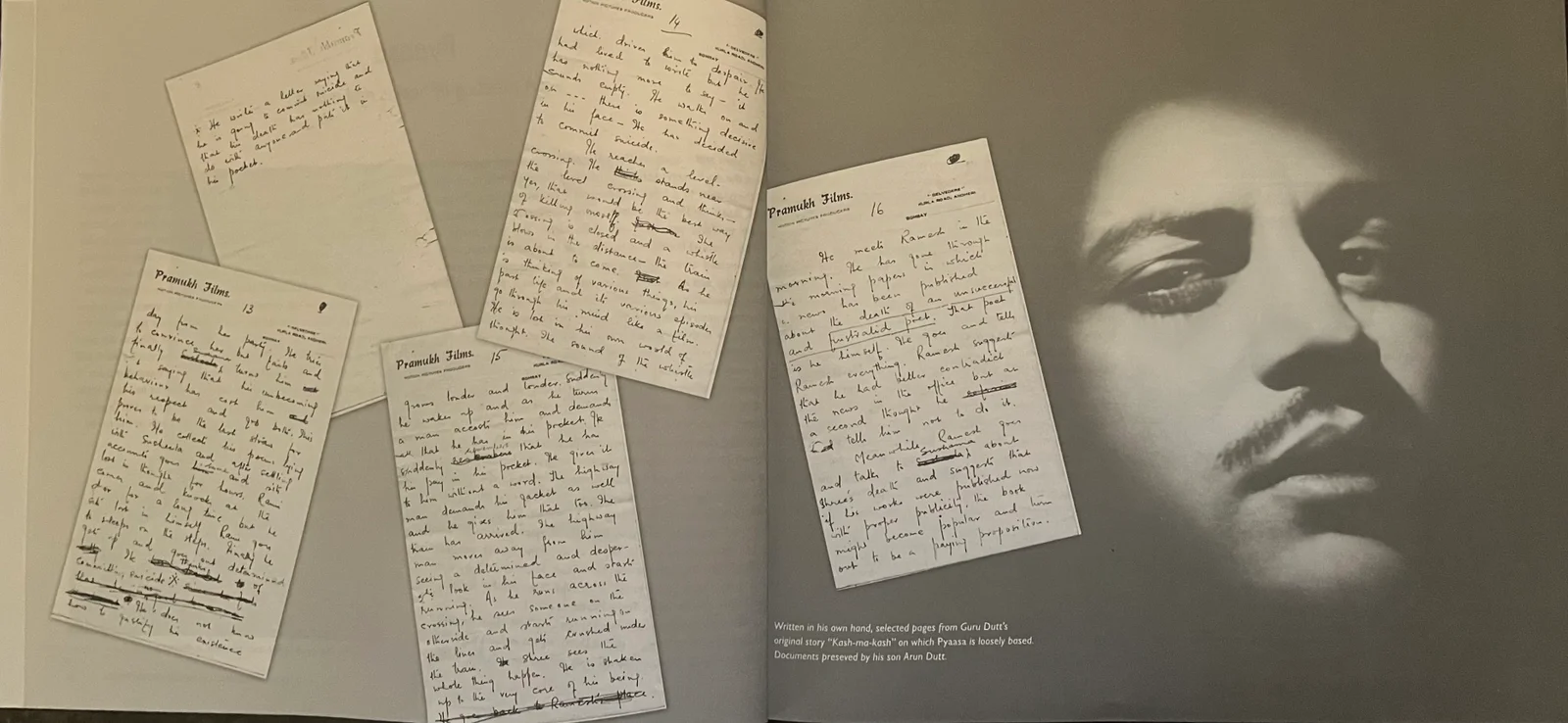
But this isn’t to say that Pyaasa is Dutt’s autobiography. Nonetheless, the challenges Dutt faced in his field have been highlighted in the story in a manner that only a true artist could do justice to.
According to the book The Dialogue of Pyaasa: Guru Dutt’s Immortal Classic, Dutt got ready to make the film after his fifth venture, Mr & Mrs 55, became a commercial success. But he initially thought of the story back in the late 1940s, when he himself struggled to break through in the industry.
His mother, a Kannada writer named Vasanthi Padukone, also said:
“Gurudutt knocked at many studio doors to get a chance by meeting several well-known producers. He even went to Madras to Gemini Studios and other others. During this period of struggle and stress he wrote his experiences. Its original name was “Kash-ma-kash (struggle),” which was changed later to Pyaasa.”
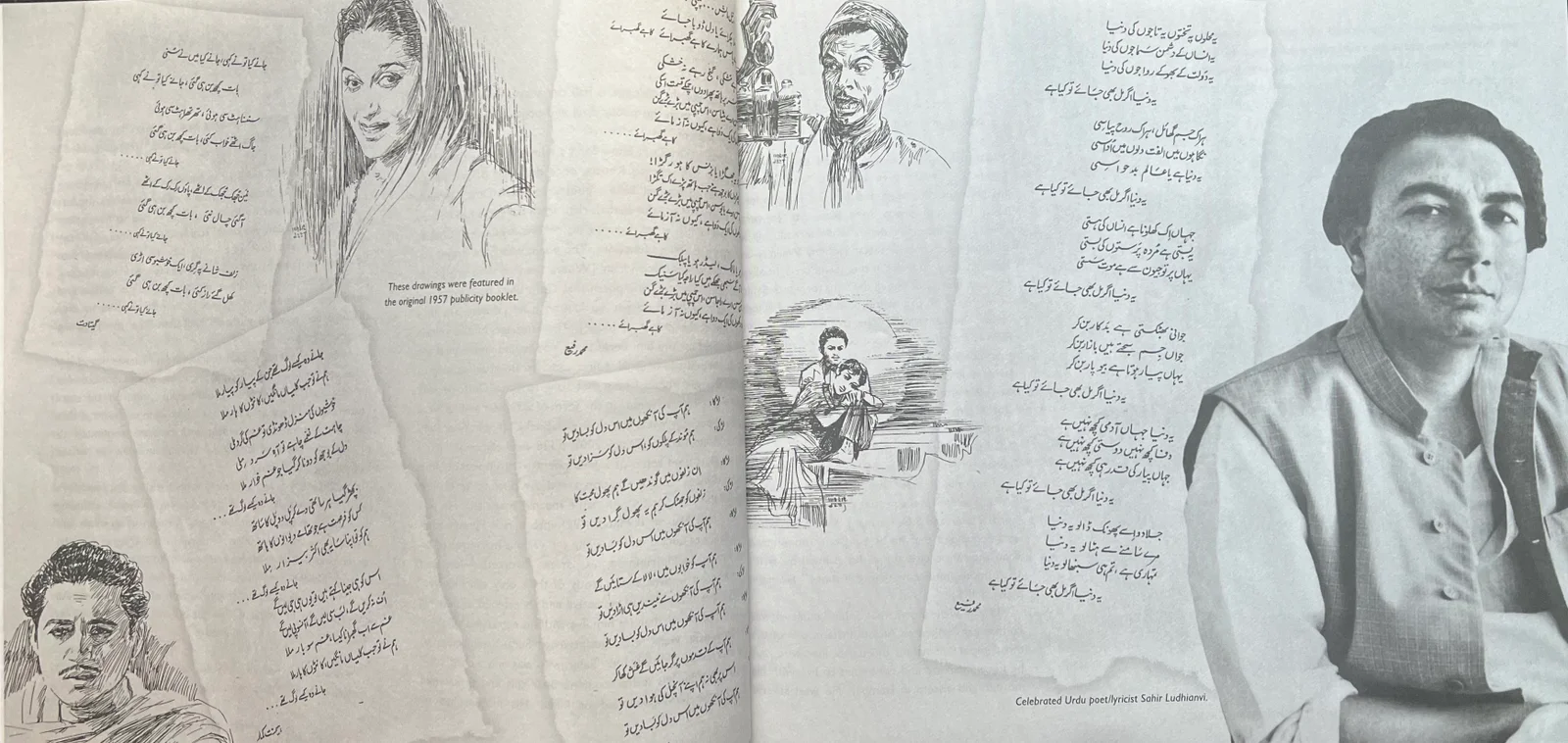
According to the same book, Dutt’s sister, Lalitha Lajmi, also highlighted that Pyaasa reflected the anguish their father — also a poet — had to experience:
“Amma told me when I was born in Calcutta, he was editing a poetry journal and some of his work was published. But one could not live on poetry so he worked at Burma Shell as an accounts clerk and never rose to be an officer.”
“My father was not an ambitious man and was unaware of his success. And I am pretty sure the poet in Pyaasa must have been written with my father in mind.”
Hence, it should come as no surprise that tragedy rooted in such realism can leave audiences with a lot to process.
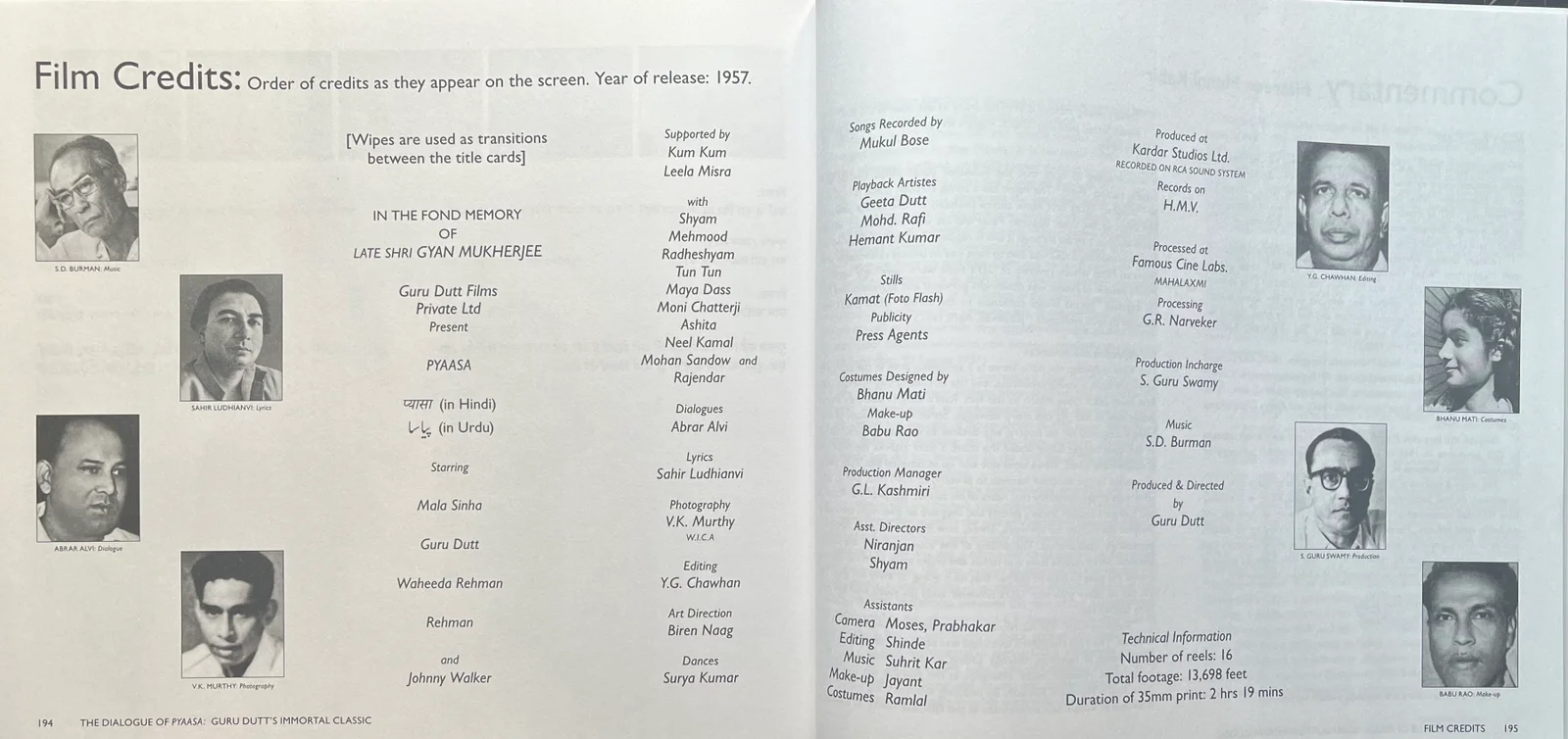
Fun fact: Even though Dutt clearly contributed to the story, he did not have any story or screenplay credits in the film at the time.
The movie went into production in 1956 — almost a decade after Dutt initially conceived the idea — and so given that the story had some time for refinement, it also makes Pyaasa that much more complex and eye-opening.
3. The Ending is Both Emotionally and Logically Satisfying, Making All the Tragedy “Worth It”
There comes a moment in Pyaasa, which I will call the “point of no return,” where Vijay’s luck keeps on turning against him. For a man who already had very little to begin with, the protagonist’s journey becomes a harrowing one as the film goes on.
In fact, everything that can possibly go wrong for Vijay does go wrong.

At this point of no return — when everyone finally reaps the benefit of Vijay’s art except him — is when Pyaasa strikes the iron while it’s hot with its social commentary on greed and ambition. After all of this is done, it FINALLY allows Vijay the luxury of making his own choices.
Sure, Vijay is someone who wanted to be known for his art — and that has indeed transpired, albeit at extremely high costs — but he still understands the value of his poetry and doesn’t place it above money. As such, Pyaasa doesn’t equate Vijay’s disillusionment with immaturity.
Instead, in the climax, we finally see Vijay taking a stand for his principles and not compromising on his artistic spirit.

Emotionally, the audience can’t help but cheer for an honest Vijay, who has finally understood how he will never be able to come out on top in that corrupt and dishonest system and chooses to make his own decisions.
Moreover, Pyaasa doesn’t insult the character’s genius and personality by making him compromise on his art and vision. It honestly just would not make sense that if someone is dedicated to their art as Vijay, they would choose all the luxury in the world over the sanctity of their poetry (barring special circumstances, of course).
Of course, by the end of the movie, it’s clear Vijay is no longer the man he was at the beginning. However, the story uses his anguish for some excellent character development, especially because Vijay ends up taking the road less travelled.
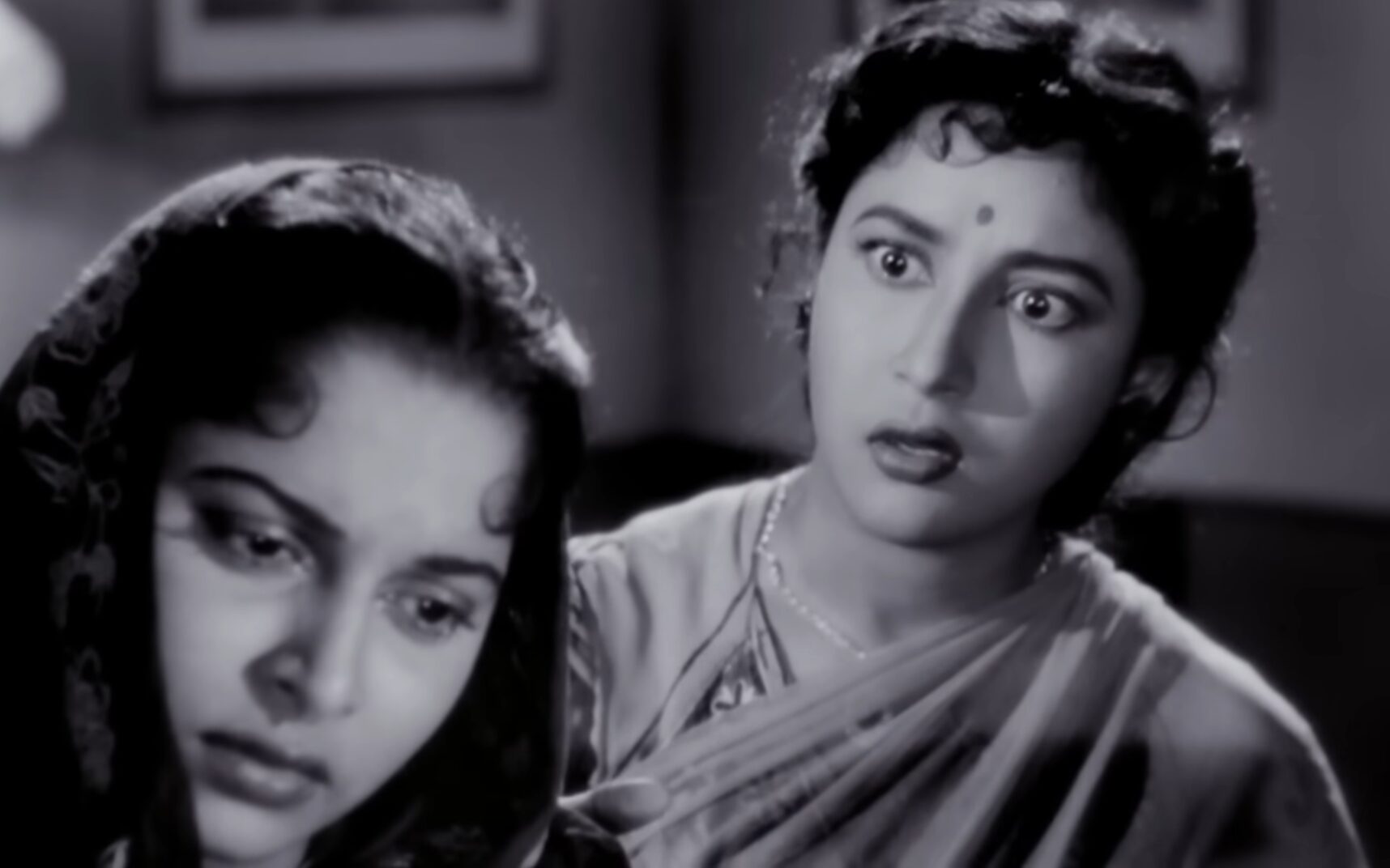
Better men in Vijay’s position may have rationalised their ambition/greed and joined the corrupt parties involved, but Vijay is an artist by his very nature. He is not the sort of man who cares much about how materialistically successful he is.
For him, his poetry is sacrosanct; it’s everything to him. He lives and breathes poetry.
So when the man who has been cast aside and abused the whole film finally decides to take charge of his life — and in his own, unique way, without caring about the world — it also ends up logically justifying the unfortunate, tragic life Vijay has lived.
By not forgetting who their protagonist is at his very core, the writers of Pyaasa have made a character we, the audience, will never be able to forget.

